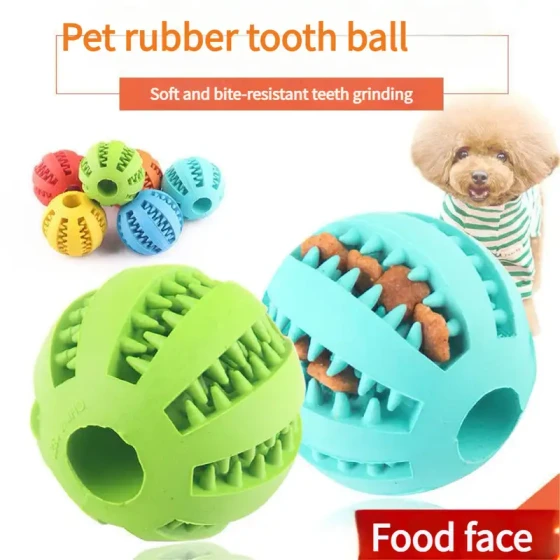Precautions for Raising a Teddy Dog for the First Time

The Teddy dog is now one of the most commonly kept dogs in cities because it is lively, cute, easy to raise, and more importantly, small Teddy dogs do not take up much space. It can be said to be the first choice for dog owners in the city. Therefore, many beginners join the ranks of Teddy dog owners. Today, we will talk about the issues that first-time Teddy dog owners should pay attention to!
1. It is best to buy a small Teddy dog from a professional kennel or individual breeder, because this can ensure the health of the small Teddy dog, and generally, these small Teddy dogs have been vaccinated. If you buy from street Teddy dog dealers, it is recommended that you take the small Teddy dog to a pet hospital for a detailed check-up and communicate with the doctor about the vaccination schedule. Because the small Teddy dogs from dealers may have an uncertain health status due to their complex growth environment, and most dealers inject serums into the dogs to sell them, so you cannot be sure if the dog is sick; by the time symptoms appear, it may be too late.
2. When just arriving at a new environment, small Teddy dogs may bark continuously due to anxiety, especially at night when the lights go off. At this time, as the owner, you should prepare enough food and water, a warm and comfortable bed or mat, and put your soft, old clothes on it. Place the bed where the dog can always see you (for example, next to the bed or by the bedroom wall). This can help reduce its fear. If it still keeps barking, do not turn on the light and comfort it every time it barks; comforting twice is enough. After a few days, it will naturally calm down.
3. Feeding issues, puppies are generally fed 3 to 4 times a day. For Teddy dogs younger than one and a half months, it is recommended to feed puppy-specific milk powder (which tends to be expensive) or baby skim milk powder, baby rice cereal, oatmeal porridge, cornmeal porridge. These foods are easy to digest and nutritious for small Teddy dogs. For Teddy dogs older than 2 months, you can feed puppy Teddy dog kibble; soak it to soften before feeding. To enhance nutrition, you can give some pet-specific supplements (details about supplements are below).
4. Newly arrived puppies should not be bathed, especially unvaccinated puppies. If they feel dirty, you can wipe the puppy's body with a towel soaked in warm water, or buy pet-specific dry shampoo powder to dry clean the Teddy dog's body (more suitable for long-haired dogs).
5. Regarding the defecation problem of newly arrived small Teddy dogs, generally, small Teddy dogs will not be very conscious about urinating or defecating at a fixed spot. Just like human infants who urinate everywhere, small Teddy dogs are the same. Owners should adopt a tolerant attitude and be prepared for training. Normal Teddy dog stool color is generally yellow or yellow-brown. It may also be slightly dark or yellowish-white, mainly related to diet. The consistency should be moderate in softness and hardness, and it is best if it just leaves some traces on the ground when picked up by hand.
6. No matter how hot the weather is, Teddy dogs should not be exposed to air conditioning for long periods, especially small Teddy dogs should avoid air conditioning as much as possible because this can easily lead to catching a cold and diseases. Even if using a fan, the air outlet should not blow directly on the Teddy dog. In cold weather, make sure to keep them warm.




-560x560.webp)
